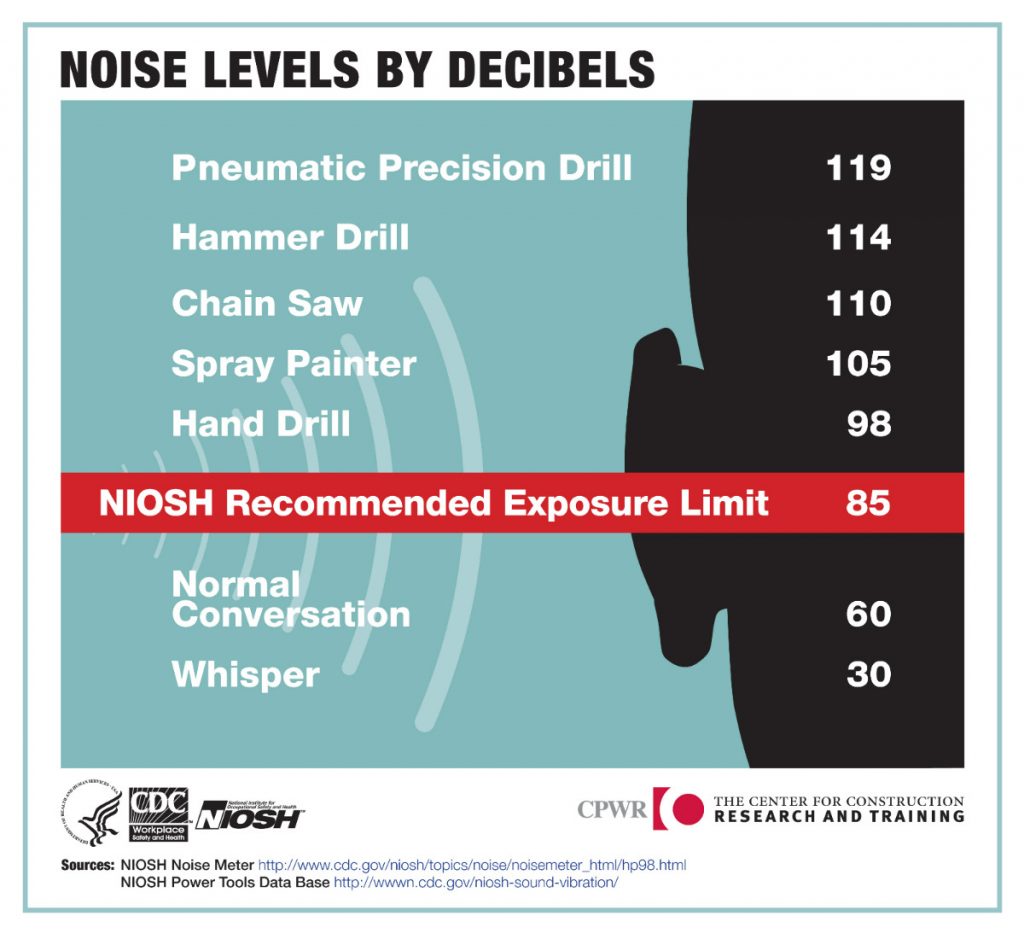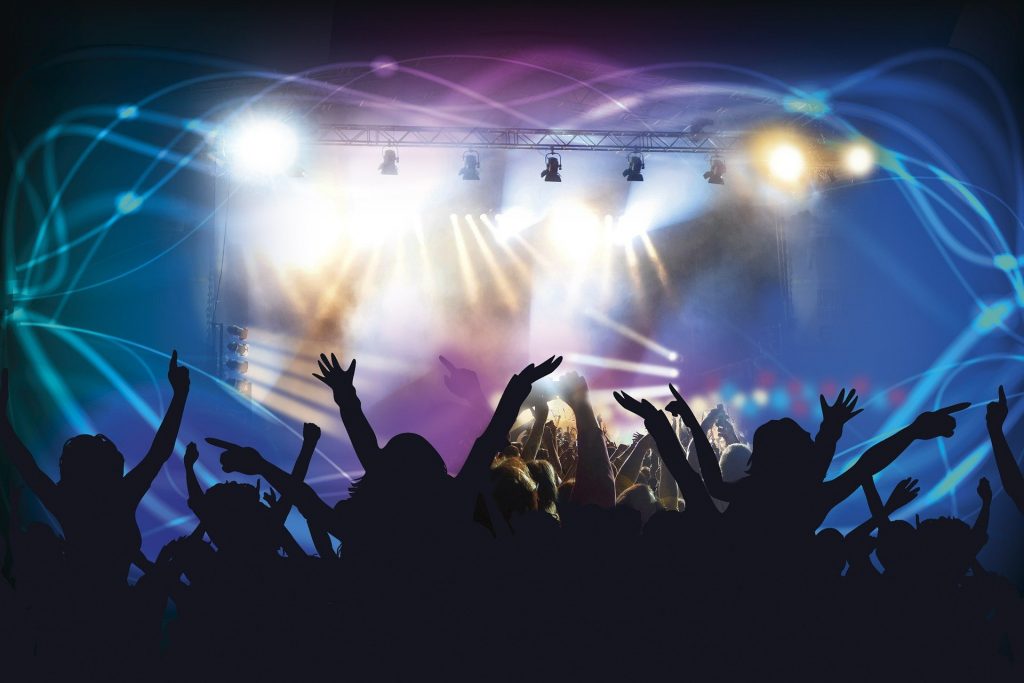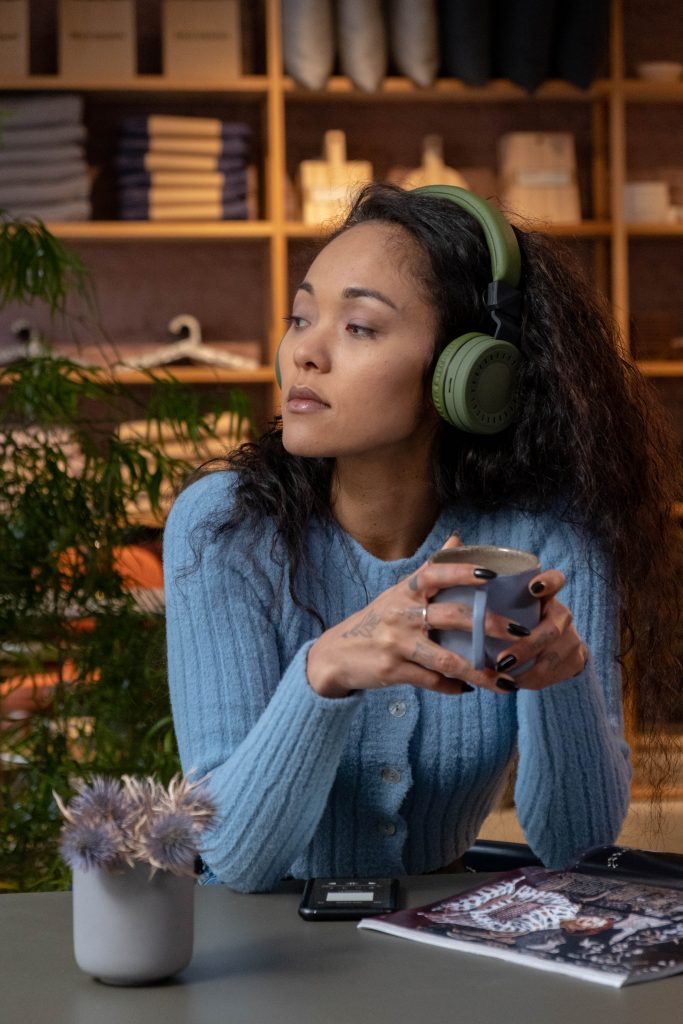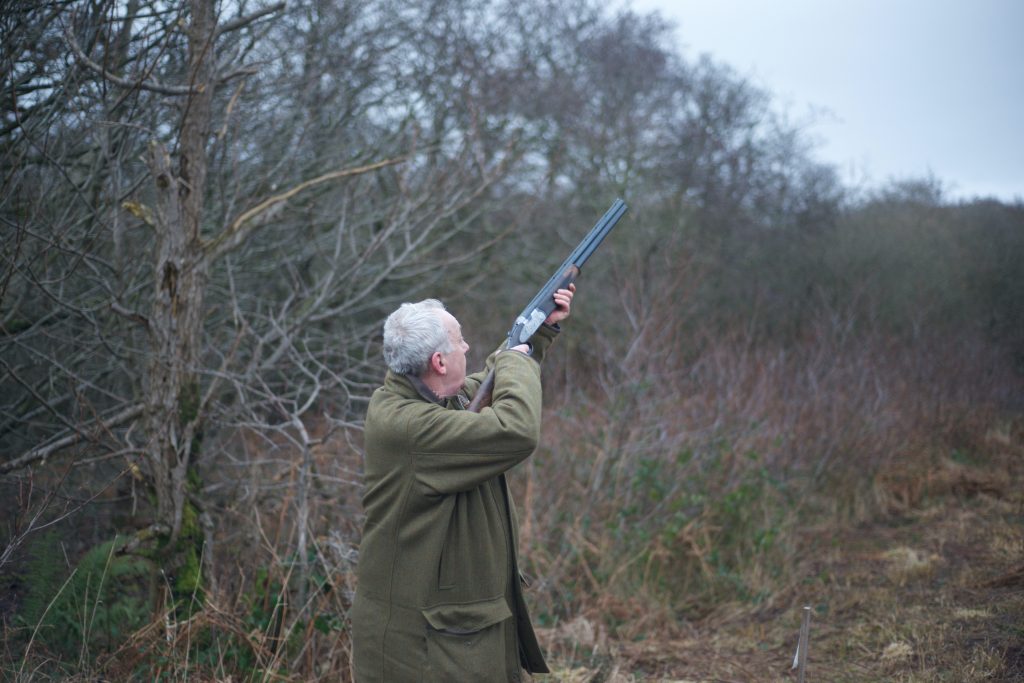28th April 2021 is International Noise Awareness Day. In this blog we discuss the importance of protecting your ears so that you are able to enjoy your hearing into later life.
Why Is Noise A Problem?
Microscopic hair cells detect the sound waves entering the inner ear, and turn this into an electrical signal to send to the brain. Excessive noise exposure causes physical damage to these hair cells, affecting their function and sometimes even destroying them completely, or damaging the quality of their connection with the hearing nerves. Because of the way that sounds are naturally amplified by the shape of the human ear, noise-induced hearing loss tends to affect high-frequency hearing; causing hearing difficulties in a number of social and workplace situations. Another common side-effect of noise exposure is persistent tinnitus; the perception of a phantom sound in the ears or head. Tinnitus can be a distressing sensation for some, affecting sleep and mood amongst other negative effects on quality of life. Once this damage has been caused, there is no going back. Although drug treatments for hair cell damage are on the distant horizon, there is currently no treatment that can restore hearing lost, or tinnitus caused, through noise damage.
You could be forgiven for thinking that hearing damage due to noise is largely a thing of the past; consigned to history with the closure of the coal mines and gradual winding up of the UK steel industry. With Noise At Work Regulations having been in place since 1989, and made more stringent in 2005, employers have been at pains to avoid the eye-watering claims for industrial hearing loss which have been commonplace over the last few decades. However, preventing such large-scale industrial hearing loss is only part of the picture. Read on to find out why…
Noise Exposure In The 21st Century
Modern life is becoming an increasingly noisy soundscape, particularly for those of us living in towns and cities. Road noise, electronic equipment, fans or air conditioning; the louder the background noise in our environment is, the louder we need the TV, music, or conversation to be in order to hear it clearly. Sound sources compete with each other, raising the overall noise level. When we live our lives in such noisy environments on a daily basis, determining when noise levels have reached a potentially harmful level is a difficult judgement. To further complicate matters, depending on the volume of the noise, the time we can safely spend in an excessively noisy environment before being at risk of hearing damage can vary from many hours, to just a few minutes.
Whilst employers are bound by law to have their workplace noise levels assessed and provide adequate hearing protection to their employees, as individuals we are not in the habit of assessing our own personal listening environments. We are therefore unlikely to be aware of which situations we are placing ourselves in that contain potentially harmful noise levels, and how long we can safely spend in the situation before we risk permanent hearing damage.
Who Is At Risk?
Here, we explore five of the most common occupations and hobbies putting you at risk of developing noise-induced hearing loss or tinnitus.
Self-employed tradespeople or gardeners
Use of power tools such as drills or saws on a repeated basis, day-after-day, can cause gradual permanent damage to hearing. Self-employed tradespeople are unlikely to include hearing protection in their toolbox, and will often work longer days and longer weeks compared to those employed by larger companies, increasing the risk of long-term hearing loss and tinnitus.
Lawnmowers give out noise which is well in excess of safe listening levels, and so gardeners using this equipment for hours on end may also be at risk of hearing damage.
DIY enthusiasts
For the same reasons, home DIY enthusiasts are at similar risk of hearing damage. Even those regularly using sewing machines to craft their own textiles can be at a similar risk of hearing damage as the factory-based machinists of the 20th century.

Musicians and gig-goers
Many of you will have attended a gig and left with ears ringing, your friends having to shout to make themselves heard. Depending on the type and volume of music, and proximity to the speakers, musicians and audience members can all experience a temporary threshold shift in their hearing during the gig and for some time afterwards. With repeated exposure to these environments hearing will increasingly struggle to bounce back to normal afterwards.
Because musicians and audience members are not employees of the venue, the venue-owners are not required to protect the hearing of those at the gig, so use of personal hearing protection is vital. Awareness of the problem is growing thanks to films such as the recent remake of the classic A Star Is Born, and the Oscar-winning Sound of Metal. Both films follow the struggles of professional musicians with noise-induced hearing loss and tinnitus. The rock and heavy metal magazine Kerrang recently ran this feature discussing the problem.

Headphone users
Almost everybody owns a pair of headphones or earphones these days, and although some devices do provide an option for limiting the playback volume, research suggests this option is rarely used. The noisier the environment the headphones are used in, the higher the volume is likely to be, in order to make the music audible above the background noise. This is also true of car stereos; think of the difference in volume of your car stereo when driving on quiet residential roads compared to on a busy motorway.

Recreational shooters
High-impulse noises such as gunshots can cause instant acoustic trauma. Whilst this can cause hearing damage to both ears, shooting tends to deal a more severe blow to the left ear, as most shooters are right-handed and the head shields the right ear, slightly decreasing the noise exposure to this side. The type of gun used can also affect the exposure; shotguns being louder than rifles for example. Those shooting regularly with others can also be at risk of more gradual and cumulative damage from the gunfire of others close by.

What Can I Do?
- Educate yourself on safe listening practices. Try a website such as Listen Up! Protect Your Hearing. (cdc.gov).
- Download a sound level meter for your smartphone, such as Decibel Meter for iPhone or Sound Meter for Android, to make yourself aware of potentially harmful environments.
- Turn down the volume. Don’t listen to your headphones at anything louder than 60% of the maximum volume.
- Reduce the time that you are exposed to excessive noise, by taking regular breaks.
- Wear appropriate hearing protection. Not all hearing protection is created equal, and using hearing protection suitable for the activity is key to ensuring adequate protection for your ears. Read on to find out more…
Hearing Protection
- Foam Earplugs
Whilst these cheap disposable plugs do reduce exposure to harmful levels of noise they are generally uncomfortable to wear for long periods and are likely to frequently slip out of the ear. They are also designed to be single use and, as the material they are made from can harbour bacteria, they can increase the risk of developing ear infections if the same pair is used repeatedly.
- Reusable plugs
These are generally more comfortable for shorter time periods than the foam earplugs, but are still liable to become uncomfortable after long time periods and can still slip out of the ear frequently if your ears are not the average shape or size. Some come with disposable tips to prevent potential problems with infection.
- Custom fit hearing protection
This form of hearing protection is most expensive, but is tailor made to fit the individual’s ear and so is comfortable to wear for extended periods of time, and remains in place without the need for frequent adjustment. They are also typically manufactured from anti-bacterial materials and can last up to 6 years if well cared for. Custom fit hearing protection can be fitted with filters specific to the type of environmental noise the wearer is exposed to, so that the quality of other sounds in the environment is not affected unnecessarily.
- Active hearing protection
Some activities, such as shooting, require hearing protection that responds to sounds in the environment to allow the wearer to hear conversation clearly during quiet periods, but then suppress sudden loud noises. Such technology does mean an extra cost, but is invaluable in safeguarding the wearer’s hearing.
Read more about different types of hearing protection here. To talk to us about your risk of noise exposure and to find out if you might benefit from hearing protection, please contact us.

